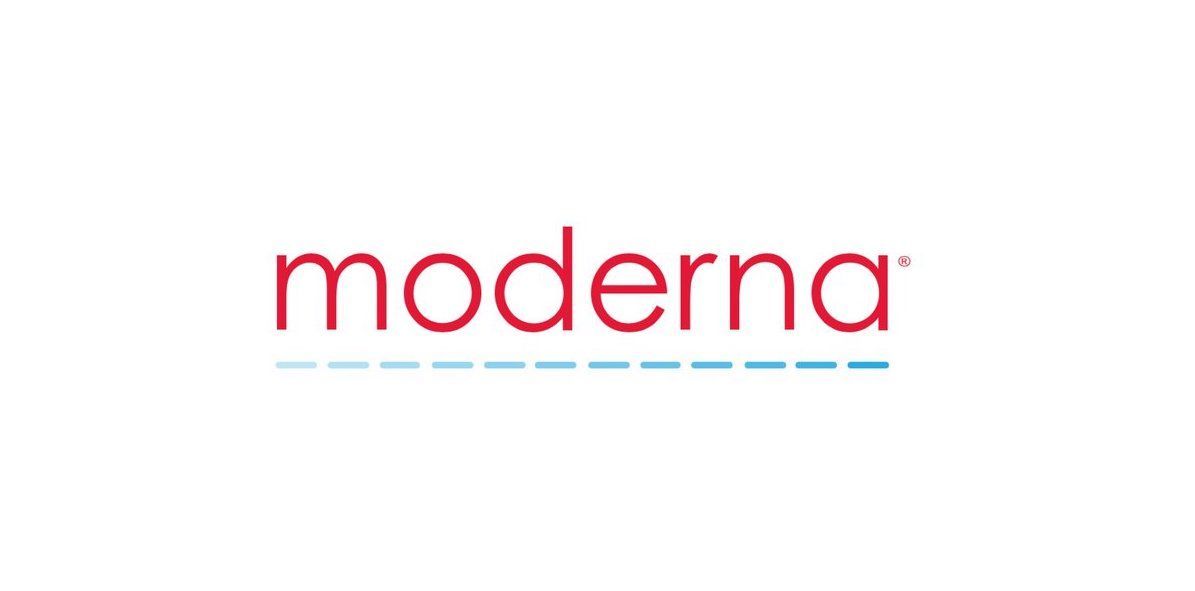Moderna Omicron-Targeting Booster Candidates Demonstrate Superiority Over its Spikevax Booster
Safety profile in this study showed the frequency of adverse reactions with these boosters were similar or lower than that of either a second or third dose of the original vaccine.

Moderna announced today that its bivalent Omicron-targeting booster candidates (mRNA-1273.214 and mRNA-1273.222) triggered a superior antibody response compared to a booster dose of mRNA-1273, also known as Spikevax, against Omicron (BA.1 and BA.4/BA.5) in phase 2/3 clinical trials.
“We are pleased to see that both of our bivalent booster vaccine candidates offer superior protection against Omicron BA.4/BA.5 variants compared to our original booster, which is encouraging given COVID-19 remains a leading cause of hospitalization and death globally. In addition, the superior response against Omicron persisted for at least three months after the mRNA-1273.214 booster," Moderna Chief Executive Officer Stéphane Bancel, said in a statement. "Our bivalent boosters also show, in research assays, neutralizing activity against BQ.1.1, an increasingly dominant emerging variant, confirming that updated vaccines have the potential to offer protection as the virus continues to evolve rapidly to escape our immunity."
In a phase 2/3 study, a 50 µg booster dose of mRNA-1273.222 elicited a superior neutralizing antibody response against Omicron BA.4/BA.5 variants when compared to a 50 µg booster dose of mRNA-1273 in 511 previously vaccinated and boosted participants (ages 19-89 years). The participants received mRNA-1273.222 and mRNA-1273 approximately 9.5 months and 4.5 months after their prior vaccination, respectively.
Pre-booster BA.4/BA.5 titers were similar between the mRNA-1273.222 and mRNA-1273 groups. The Omicron BA.4/BA.5 geometric mean titer (GMT) ratios of mRNA-1273.222 versus mRNA-1273 were 5.11 (95% CI: 4.10, 6.36) and 6.29 (95% CI: 5.27, 7.51) for participants with and without SARS-CoV-2 infection pre-booster, respectively. In all participants the GMT against Omicron BA.4/BA.5 was 4289 (95% CI: 3789.0, 4855.9) representing a 15.1-fold increase (95% CI: 13.3, 17.1) from pre-booster levels.
For participants without prior infection, the GMT was 2325 (95% CI: 1321.2, 2812.7), representing a 26.4-fold increase (95% CI: 22.0, 31.9) and for those with prior infection, the GMT was 6965 (95% CI: 6043.7, 8025.4), representing a 9.8-fold (95% CI: 8.4, 11.4), increase from pre-booster levels.
Investigators point out the results were consistent between participants aged 65 years and older and those aged 18 to 65.
This builds upon data recently published in the New England Journal of Medicine that confirmed superiority of the company's BA.1 bivalent vaccine, mRNA-1273.214, neutralizing titers against multiple Omicron variants compared to a booster dose of mRNA-1273.
According to investigators, the frequency of adverse reactions with mRNA-1273.222 and mRNA-1273.214 were similar or lower than that of either a second or third dose of the original vaccine.
Additionally, they did not identify any new safety concerns after approximately one month and three months of follow-up. According to Moderna, these safety and immunogenicity data will be submitted for peer-reviewed publication and shared with regulators globally.
